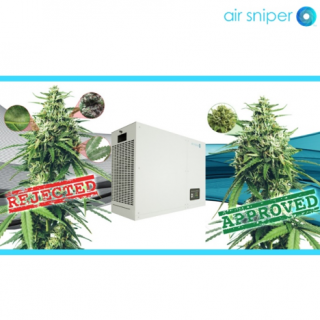
Not enough room in your HVAC for in-line units?
Air Sniper offers a variety of air sanitization solutions to meet the needs of every facility. We understand that an in-line solution may not be
Home » Blog

Air Sniper offers a variety of air sanitization solutions to meet the needs of every facility. We understand that an in-line solution may not be

All Air Sniper units have been designed as a plug & play system. This allows easy installation as further electrical work is not required. The
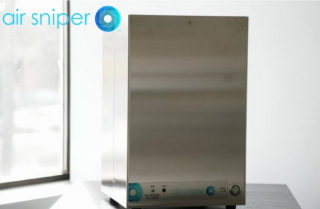
Air Sniper conducts further third-party testing while operating within a licensed production facility. The room where the equipment was installed had previously tested positive for

Have you heard of our dashboard system? The Air Sniper dashboard system allows users to manage and control all air sniper equipment from a phone
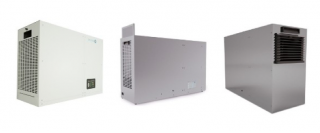
We understand the importance of installing equipment in your facility that is effective. Air Sniper units have been proven to be effective in all areas
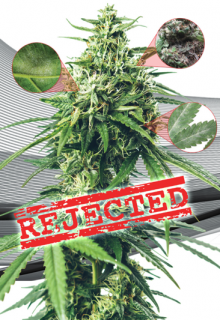
Since the legalization of cannabis in Canada in October 2018 there have been several recalls due to product contaminated with mold. Crop contamination can hurt
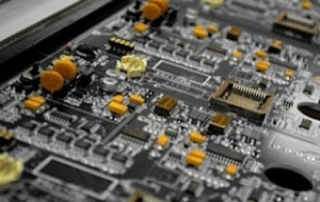
Air Sniper is currently developing and testing an airflow solution to assist in pushing air from underneath grow tables. This solution will help keep the

Air Sniper units can be used throughout the facility not just in grow rooms. We know that your grow is important to you so why

Losing a crop to contaminants can negatively impact a facility’s finances and reputation. This can take months to recover from. Air Sniper equipment offers a

Air Sniper has launched a YouTube Channel! On this channel viewers will find videos for each unit that explain how to conduct filter changes, bulb

The government of Canada has recently released its proposed changes to the regulations under the Cannabis Act. These regulations include changes to the air quality
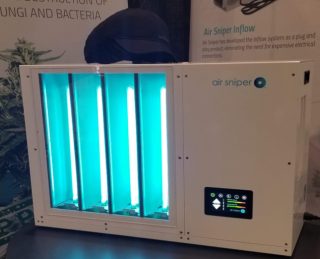
Ever wondered what makes Air Sniper different? One of the reasons our products are different from competitors is our design. When our product designer and